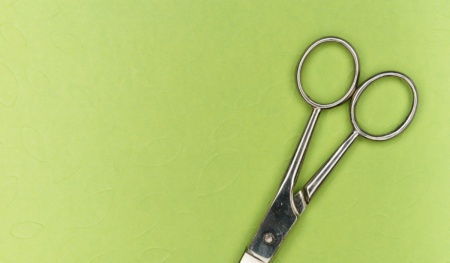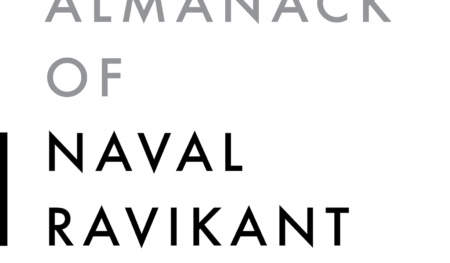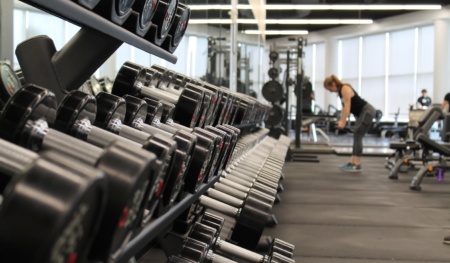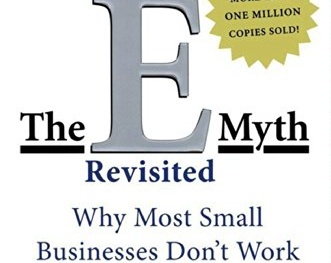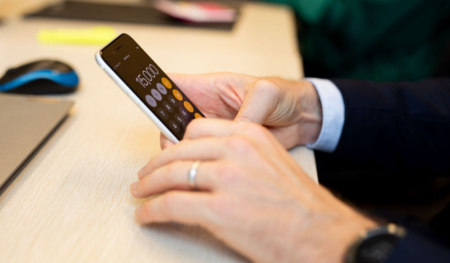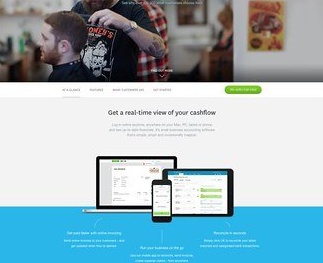Wondering how to start your own Pilates studio? Starting a Pilates studio in Australia can be an exciting and rewarding business venture. Pilates has become increasingly popular in Australia over the years, with more people recognizing the benefits of this exercise method. As with any fitness business, starting a Pilates studio requires planning, research, and dedication.
Read on for a complete overview of the tax and accounting requirements for setting up a Pilates studio in Australia. You’ll learn about developing a comprehensive business plan, obtaining the relevant certifications and training, securing funding, setting up equipment and an appropriate location and finally, registering your business successfully.
Need help on getting the accounting and tax set up for your business? Contact us to set up a free 30-minute consultation. You will walk away with three actionable steps to make you profitable, improve your cashflow or fix you tax.
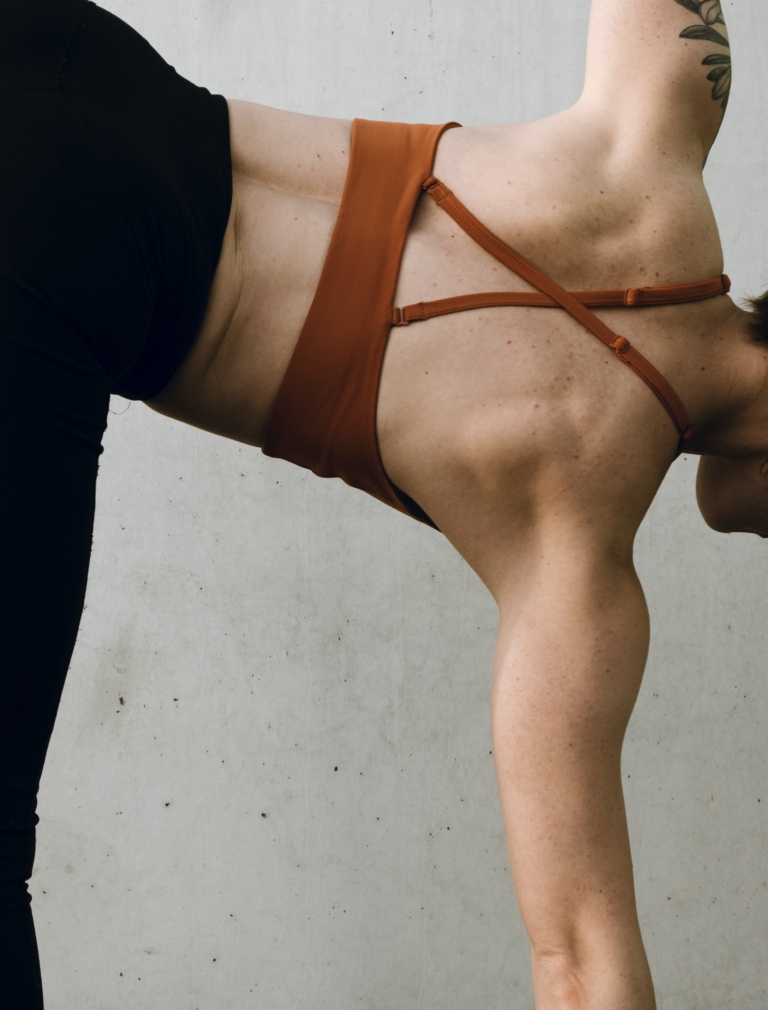
Step 1: Develop a Business Plan
The first step in starting a Pilates studio is to develop a comprehensive business plan. A business plan is a written document that outlines your business goals, strategies, and financial projections. It should include details such as:
- The target market: Identify the type of clients you want to target, their demographics, and their fitness goals. This information will help you tailor your services to meet their needs.
- The services you will offer: Outline the types of Pilates classes you will offer, such as mat classes, reformer classes, or a combination of both. Decide if you will offer private or group sessions and if you will offer additional services such as nutrition coaching or massage therapy.
- The location: Choose a location that is accessible, safe, and convenient for your clients. Consider the rent, lease terms, and any renovation costs associated with the location.
- The competition: Research the competition in the area and identify what sets your studio apart from others. Consider the pricing, class schedules, and quality of services offered by your competitors.
- The financial projections: Determine the startup costs, monthly expenses, and projected revenue. Create a cash flow forecast to ensure you have enough capital to cover expenses until the business becomes profitable.
A business plan is a crucial step in starting a Pilates studio as it serves as a roadmap to guide your decisions and ensure your business is on track.
Step 2: Obtain Certifications and Training
To start a Pilates studio, it is essential to have the necessary certifications and training. The minimum requirement to become a Pilates instructor is to complete a Certificate IV in Pilates or equivalent. This certification is offered by many registered training organizations (RTOs) in Australia.
In addition to certification, it is also essential to have practical experience as a Pilates instructor. Consider attending workshops, seminars, and conferences to gain additional knowledge and skills.
Step 3: Secure Funding
Starting a Pilates studio requires a significant investment in equipment, rent, marketing, and other expenses. Consider the various options for funding your studio, such as:
- Personal savings: If you have personal savings, this is an excellent option to fund your business. However, keep in mind that you may need to allocate these funds for other emergencies or unexpected expenses.
- Business loans: You may consider applying for a business loan to cover the startup costs. Research and compare the terms and conditions offered by various lenders to find the best option for your business.
- Crowdfunding: Crowdfunding is a popular way to raise funds for a business. Consider creating a crowdfunding campaign on platforms such as Kickstarter or GoFundMe to attract investors who believe in your business idea.
Step 4: Register Your Business
To start a Pilates studio in Australia, you will need to register your business with the Australian Securities and Investments Commission (ASIC) and obtain an Australian Business Number (ABN). You will also need to register for Goods and Services Tax (GST) if your annual turnover exceeds $75,000.
Our guide on registering for GST may be helpful if you anticipate to exceed this threshold.
For more information read our article on business registrations.
Step 5: Choose the Right Equipment
The equipment used in a Pilates studio is a critical factor in delivering quality classes and ensuring client satisfaction. The following are some of the equipment required for a Pilates studio:
a) Pilates Mats: High-quality Pilates mats provide cushioning and support during exercises.
b) Pilates Machines: Pilates machines such as the reformer, Cadillac, and chair are essential for delivering Pilates classes and ensuring client satisfaction.
c) Small Equipment: Small equipment such as resistance bands, balls, and foam rollers are vital to ensure clients are able to warm up.
d) Decorative items: To deliver client satisfaction, building an aesthetically-pleasing atmosphere through plants, lighting fixtures or artwork will ensure they can unwind and reconnect.
Step 6: Location, Location, Location
Choosing the right location for a Pilates studio is crucial for attracting clients and ensuring the success of the business. When selecting a location, consider the following factors:
a) Accessibility: Choose a location that is easily accessible by public transport, car, or foot, and that has ample parking.
b) Demographics: Consider the demographics of the area and whether there is a demand for Pilates classes.
c) Competition: Research the competition in the area and identify any gaps in the market.
d) Size: Choose a location that is spacious enough to accommodate the equipment, clients, and instructors.
e) Facilities: Ensure that the studio has the necessary facilities, such as a reception area, changing rooms, bathrooms, and storage.



